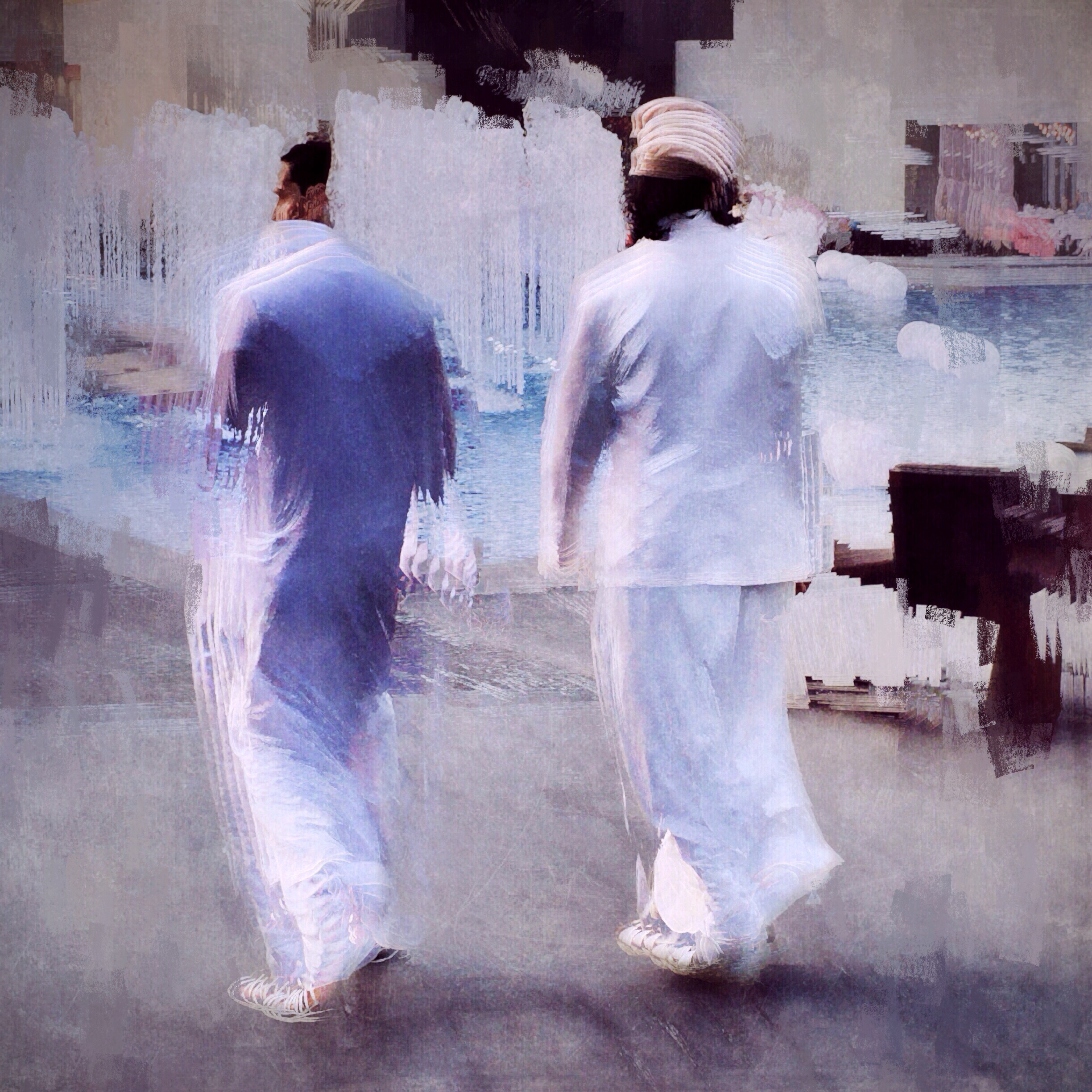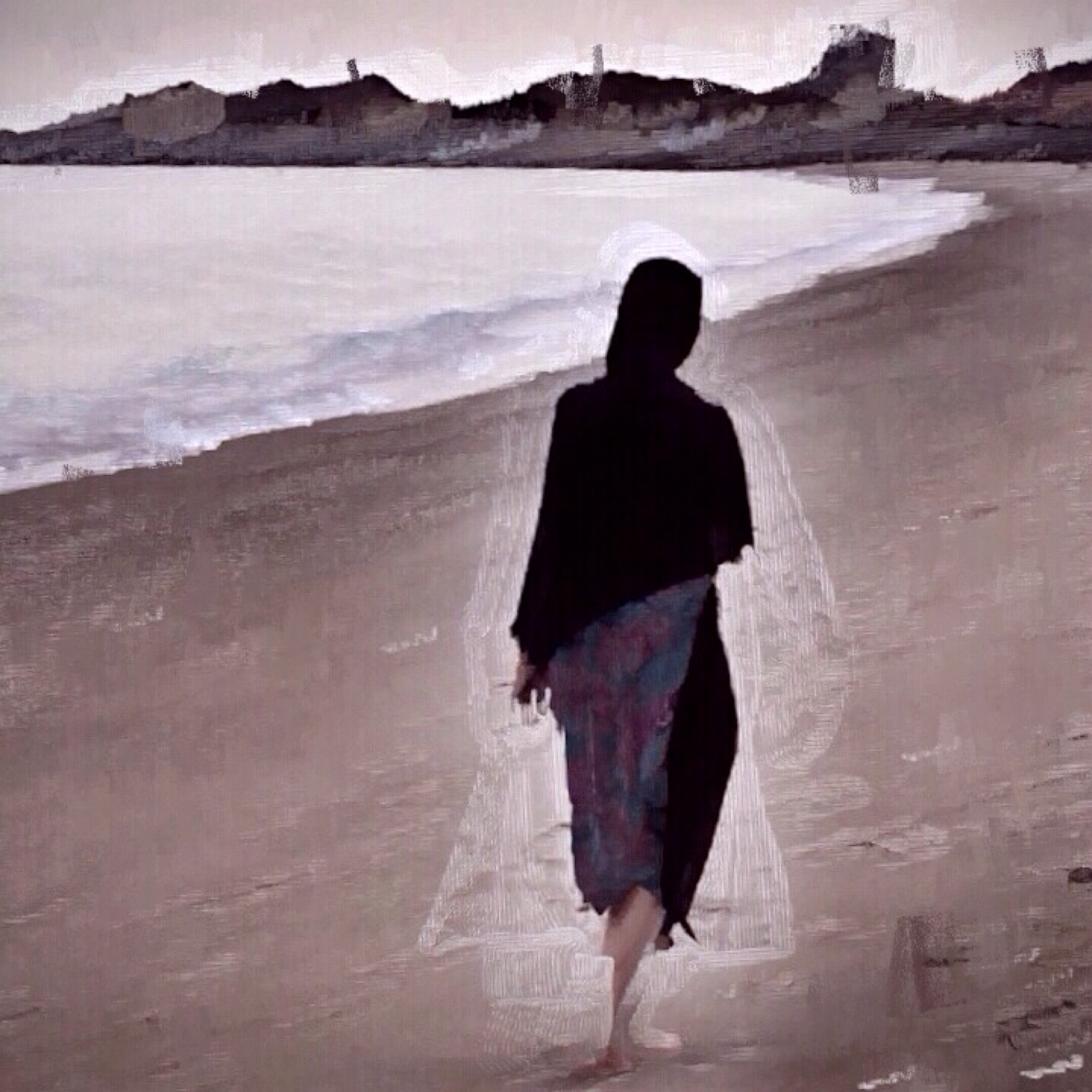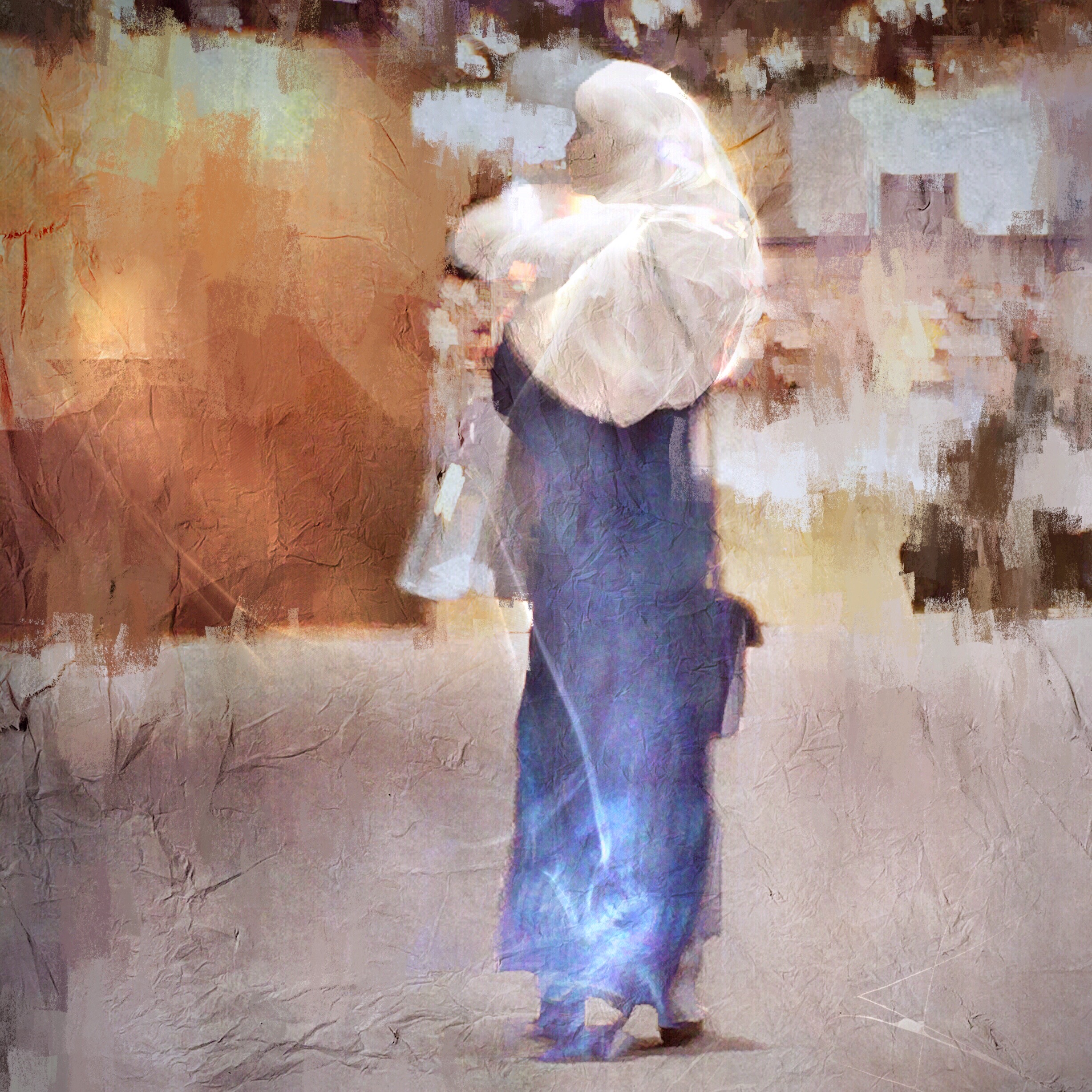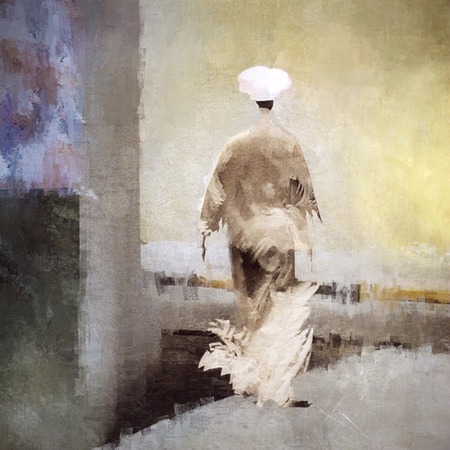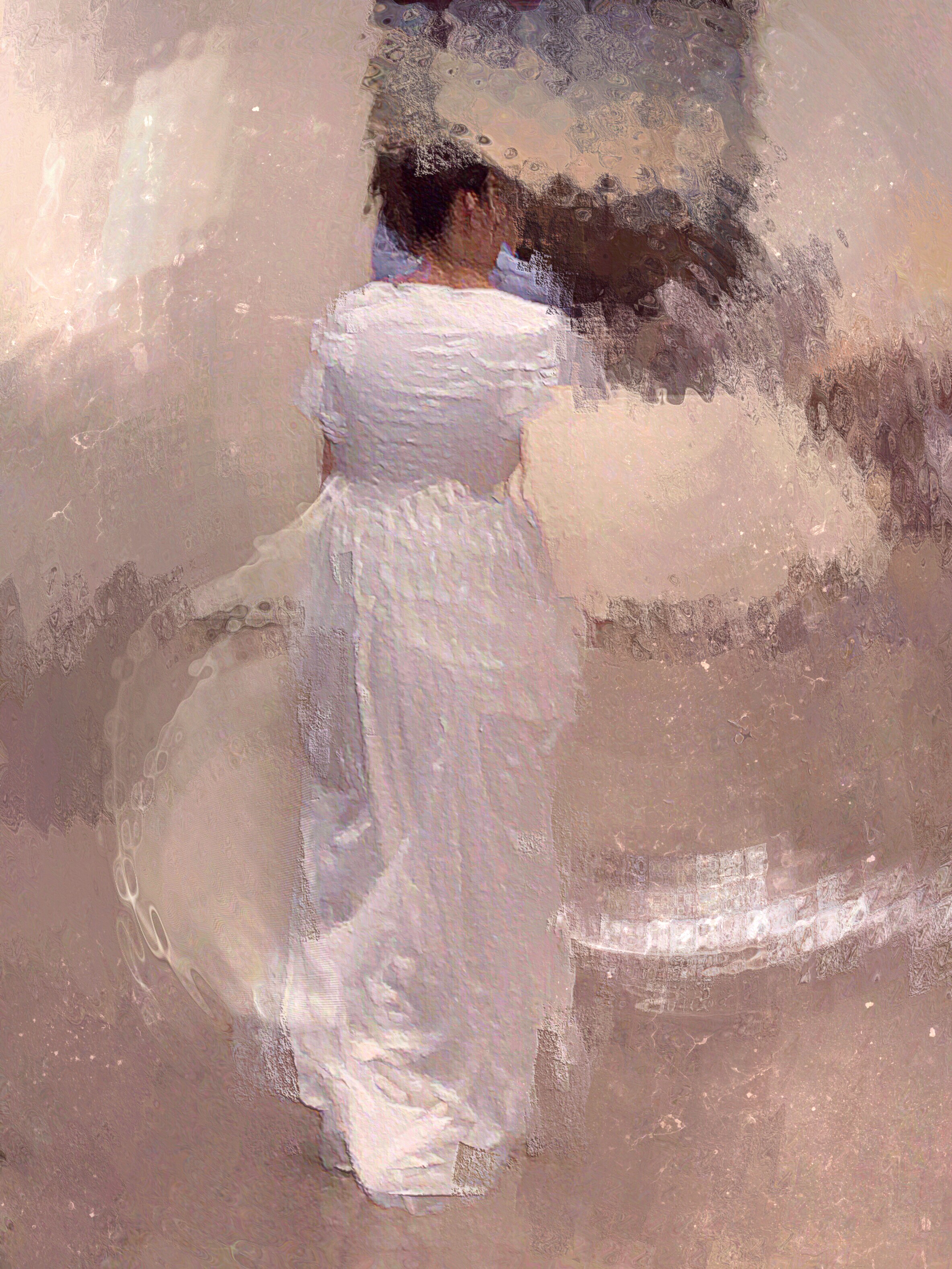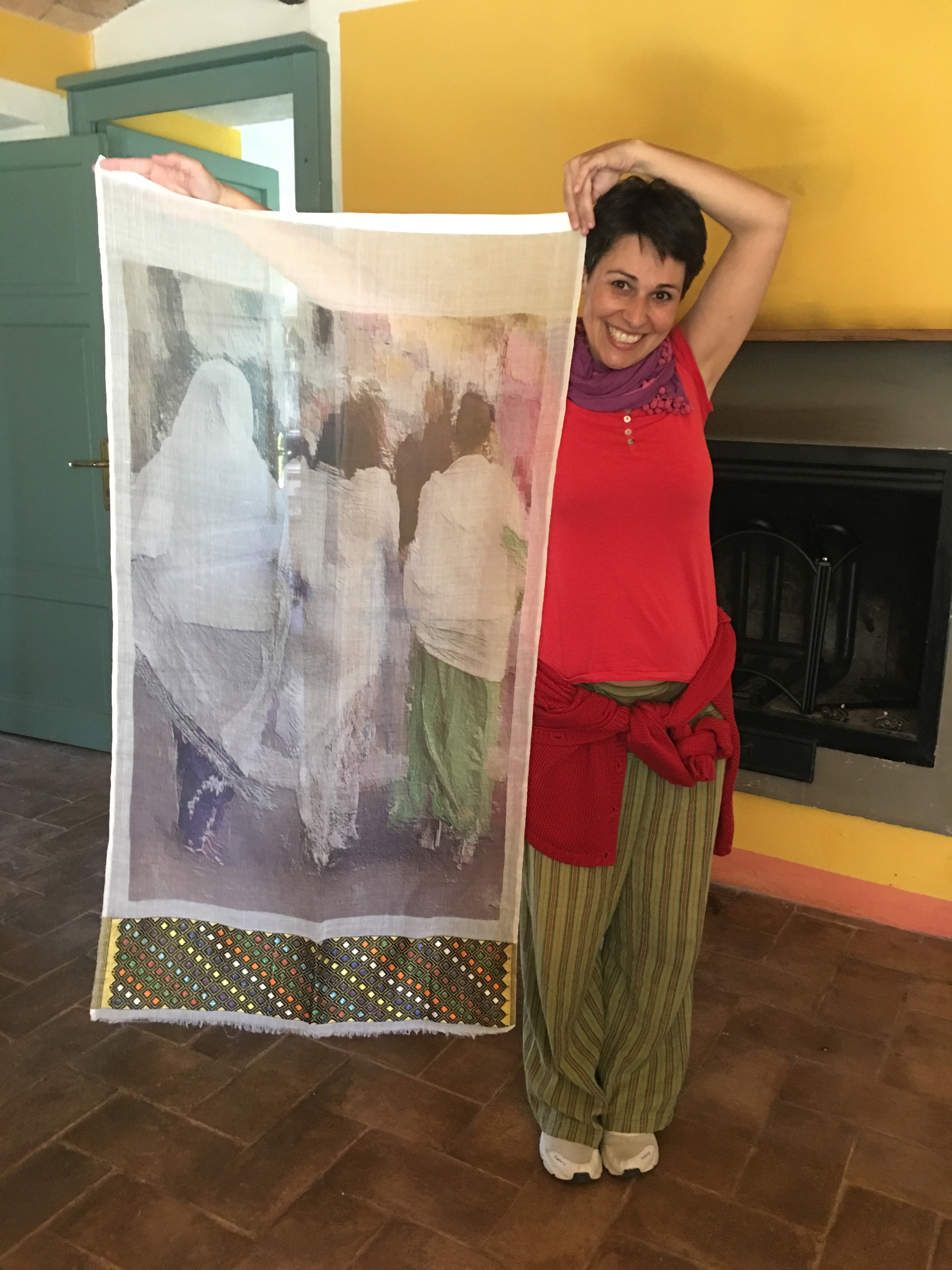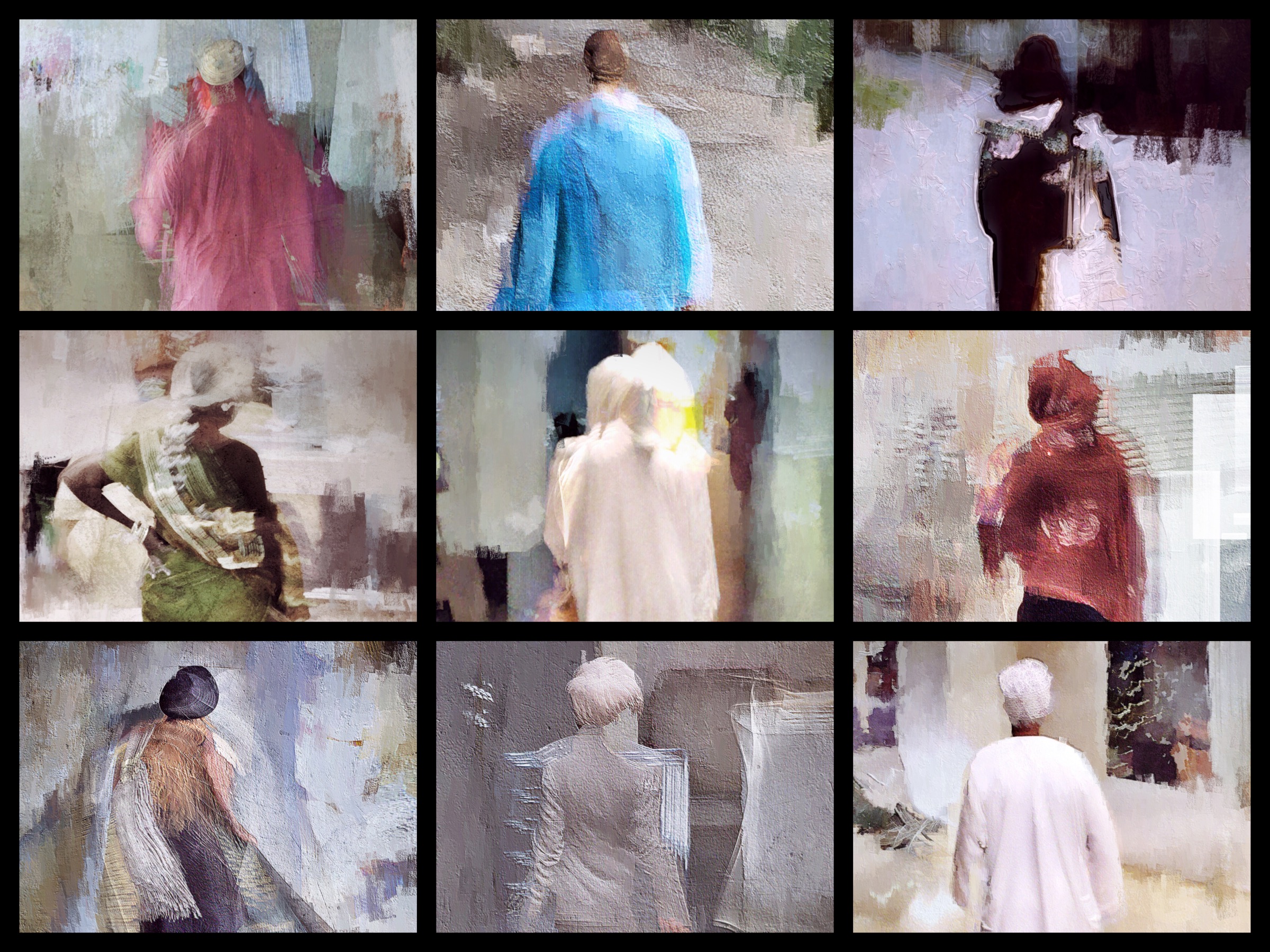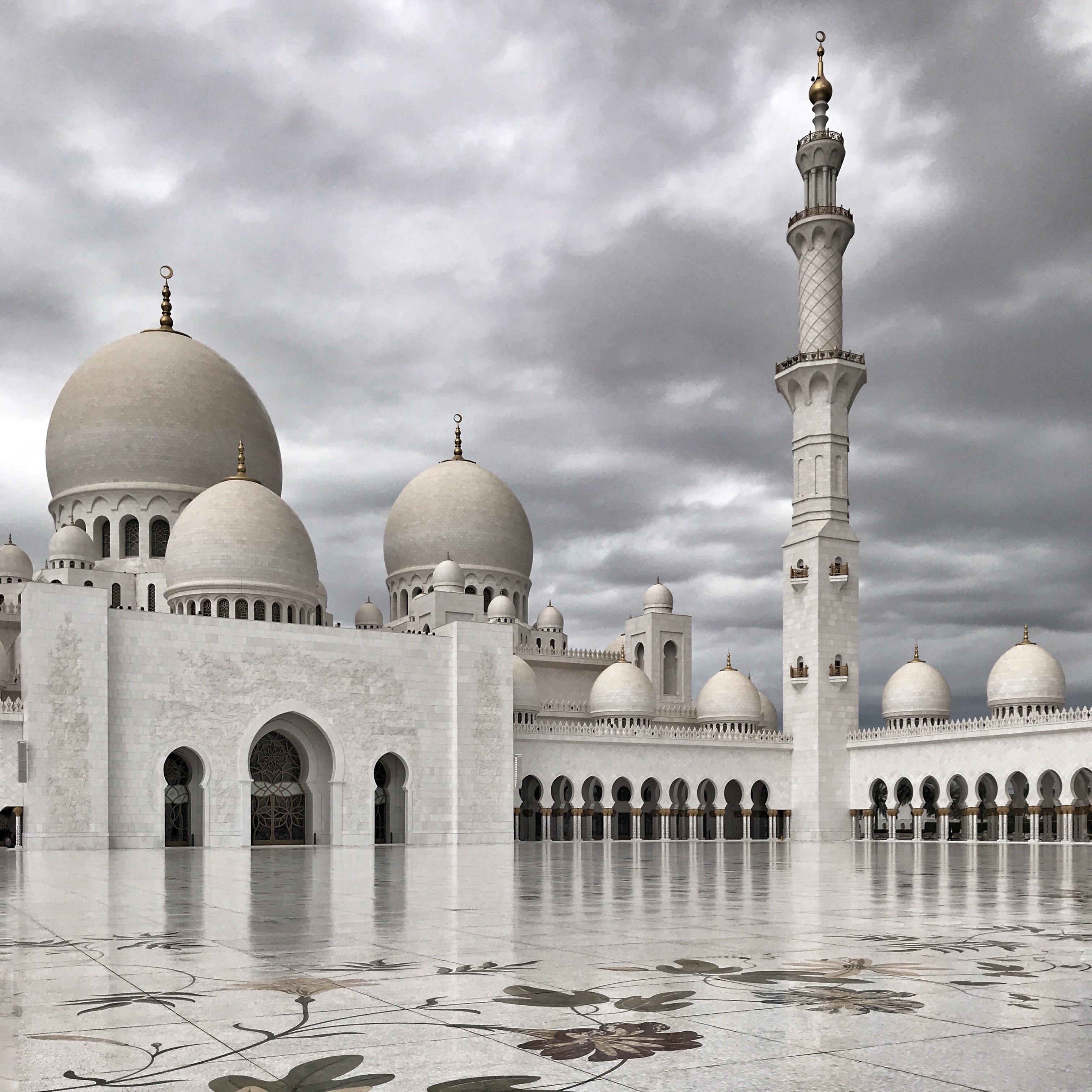In February 2017 I collaborated with and was interviewed by André Meyerhans of Mario Uboldi Jewellery Art. What follows is the interview which at the time was published on various social media platforms.
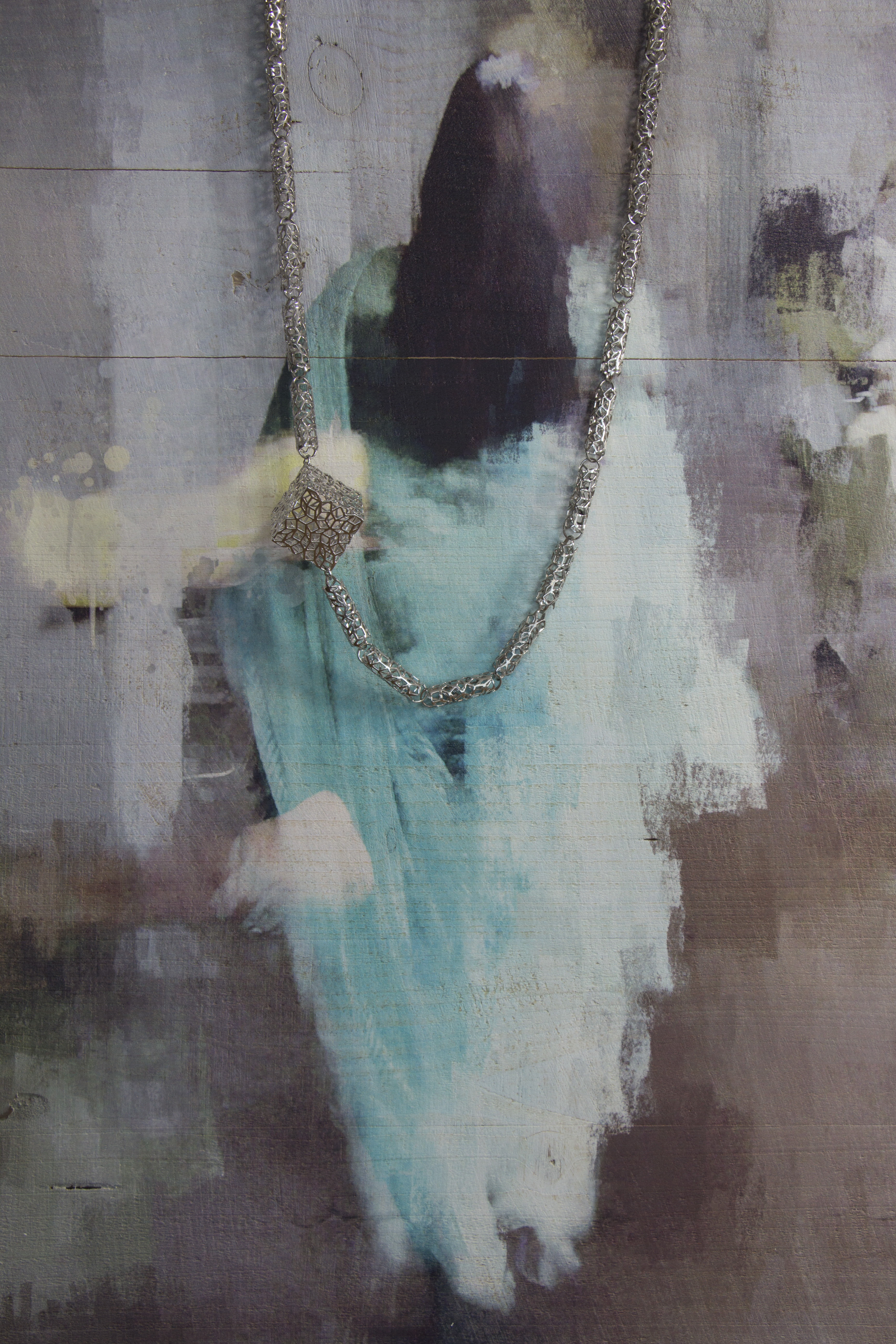
(Artwork photographed: Yellow Notice
Featured jewelry: Mashrabiya Collar)
What inspired you to create these artworks?
Shortly after I arrived in the Middle East I started a website “here2here” which promotes mindfulness as well as investigates cyberspace - the mindspace we find ourselves in when using technology to communicate. “here2here” hints at mobility but also suggests that there is actually nowhere to go and that all is already as it should be.
At about the same time, Downtown Dubai, where we were living at the time, launched a campaign entitled “The Centre of Now” to highlight the area as a hub of a global cultural movement.
I have always been inspired by stories of bedouins, nomads who lived in the deserts. They embodied wandering and mobility and an awareness of the interconnectedness of life. For them immediate movement was always a probability and they knew what it was to have a centre which was always changing as they wandered through the borderless desert.
This is a century of mobility. Many people today are global citizens on the move with means of connectivity and communication that boggle the mind.
Believing that we need to seek in newfound ways, as global nomads, the centre of now - the heart of the present moment - that the Bedouins were very aware of, I began to explore the concept of rootedness and movement occurring simultaneously and was inspired to depict this using the modern technology at hand; in my case, my iPhone. My love of photography and art had merged with my interest in technology.
At first, I began to edit photos I had taken of architecture in Dubai.
Shortly after I began experimenting with the app Slowshutter, I visited Istanbul and attended a Whirling Dervishes Sema Ceremony. This inspired me to try to figure out new ways of portraying the whole concept of rootedness and movement occurring simultaneously, through my artworks.
I began to photograph people, focusing on the energy I sensed around them. The individuals in my artworks appear to be rooted in a moment but at the same time appear to be moving in an other-worldly realm which is beyond space and time.
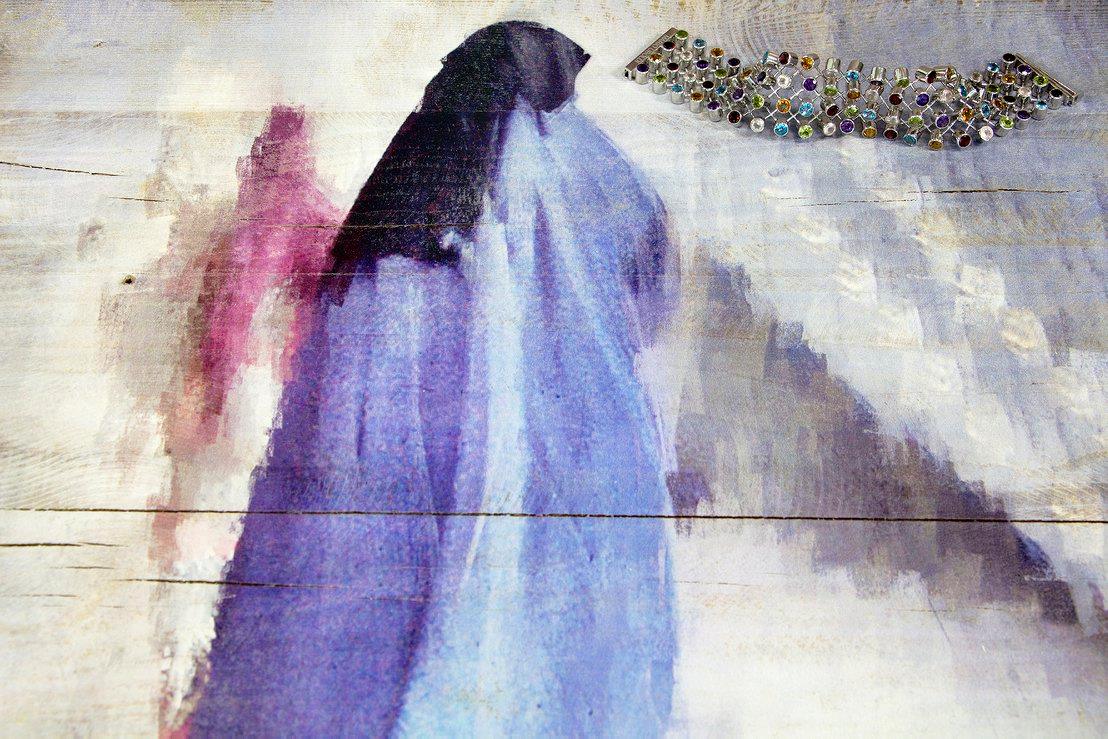
(Artwork photographed: Mystery
Featured jewelry: Dot Bracelet)
What message would you like to give to the viewer / What feeling would you like to evoke in the observer?
I am of the opinion that true art takes the viewer beyond themselves and is so much more than mere technique.
I find that most people are emotionally drawn to my artworks. Perhaps this is because the thinking brain is initially confused, as viewers often find it hard to believe that the piece they are looking at has been created on an iPhone.
The artworks depict a space filled with mystery and potential and the viewer is invited to enter this space to discover the story waiting to unfold. This story differs from individual to individual.
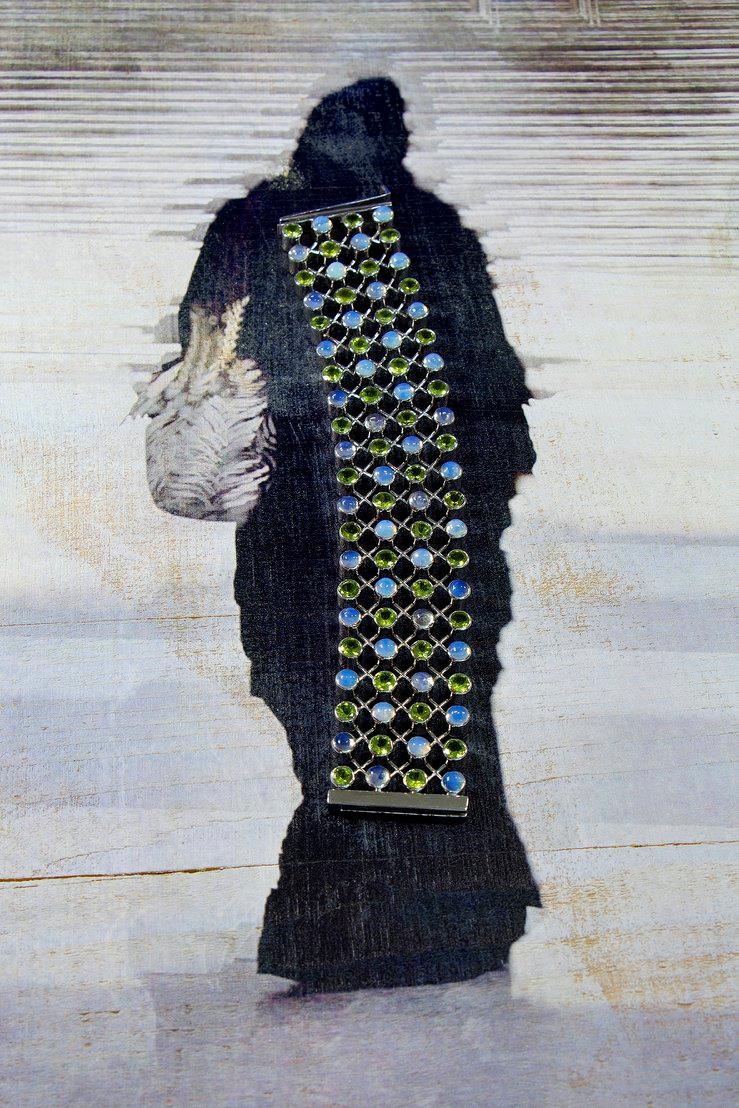
(Artwork photographed: Trinity
Featured jewelry: Dot Bracelet)
You have a unique technique, please explain?
Using my iPhone, I intuitively capture images using slow-shutter photography. I then transform these, blending and painting on my iPhone screen, achieving this with the aid of various apps. Much of my work is printed onto recycled wood which adds further texture, thereby making each piece unique. The combination of iPhone artistry and recycled wood is a gentle reminder of the importance of remaining grounded even while enjoying the benefits of modern technology.
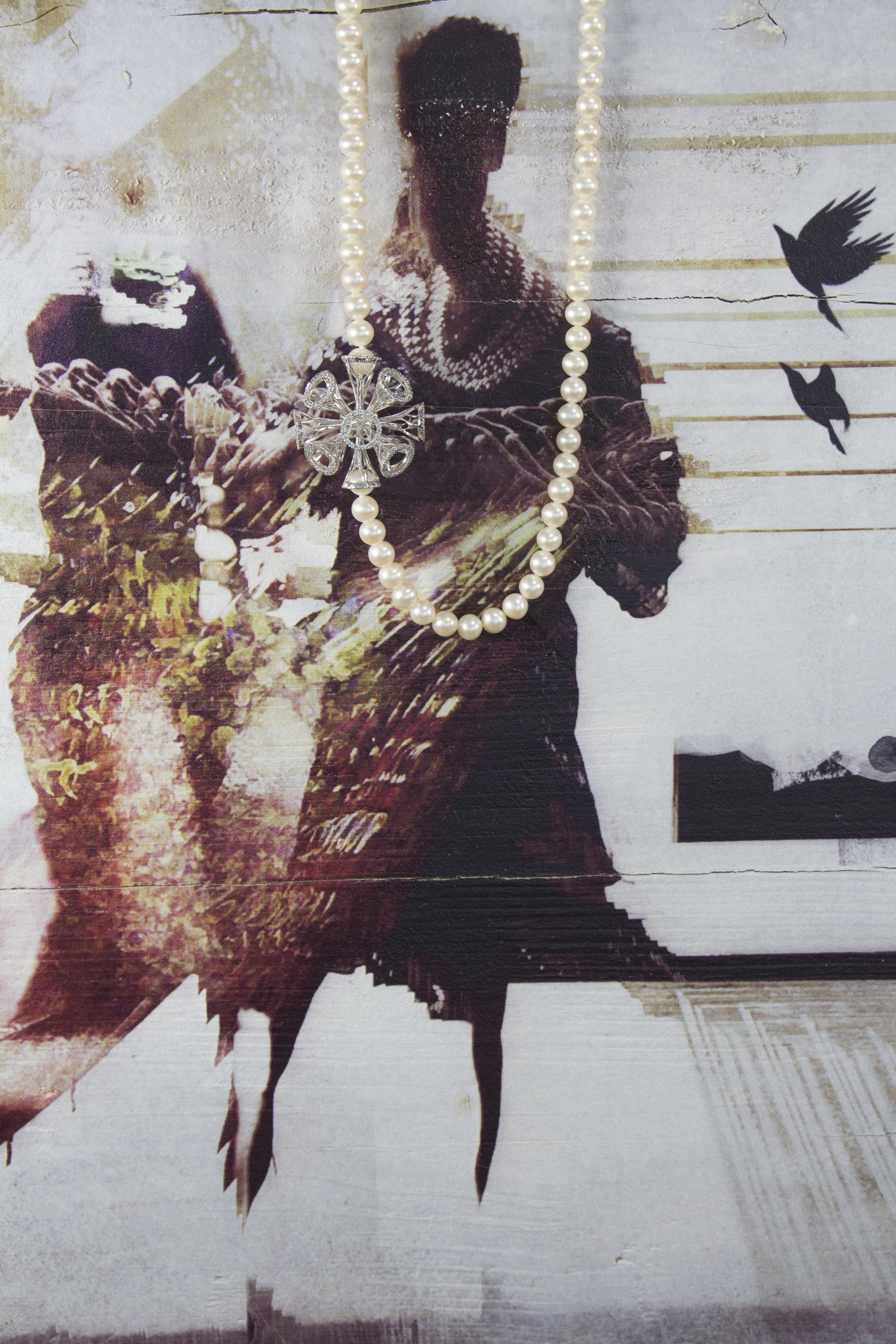
(Artwork photographed: Releasing
Featured jewelry: Goldflake Collier)
Your logo is Arabic, your nationality is South African - please explain your motivation behind this and what impact it has on your audience?
As I explore many aspects of here2here on my website - both through the written word and through my artworks - my intention is to promote a shared vision of diversity within unity.
A lover of culture, I find myself at this point in time in a region inhabited by so many different cultures, and this excites me. I am born South African but am currently living in the Middle East. My logo, which has my name written in English and Arabic, is I believe, a witness to both this and to my vision of diversity within unity. It fascinates viewers and evokes discussion. It raises the question “where is home?”, links back to the ideas surrounding ‘the centre of now”, and helps us all remember that we have more similarities than we have differences.
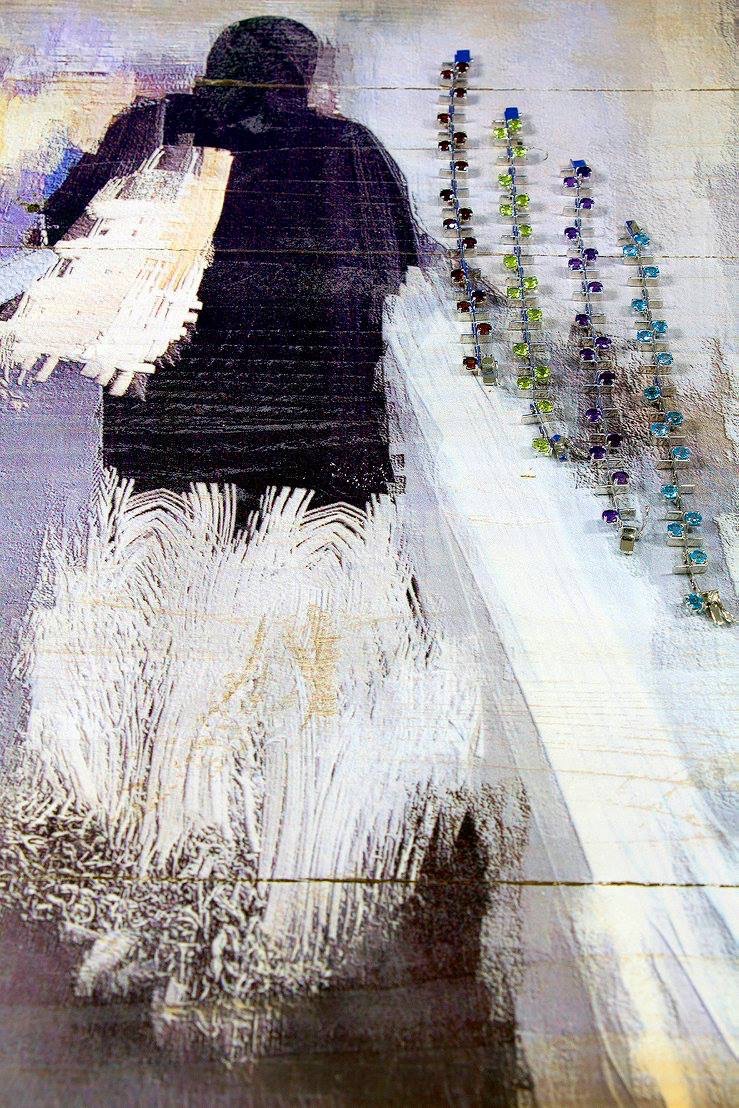
(Artwork photographed: Direction)
You seem to have a mystic feel to your work - these here but also your earlier, more abstract and architectural ones - can you say something about it?
I grew up an avid reader and am curious by nature. My reading included much spiritual writing in many traditions.
When I am out photographing I need to be very much in the moment. My photography flows out of my mindfulness practice but in a sense has become a practice itself.
I am honored that you say my works have a mystic feel to them.
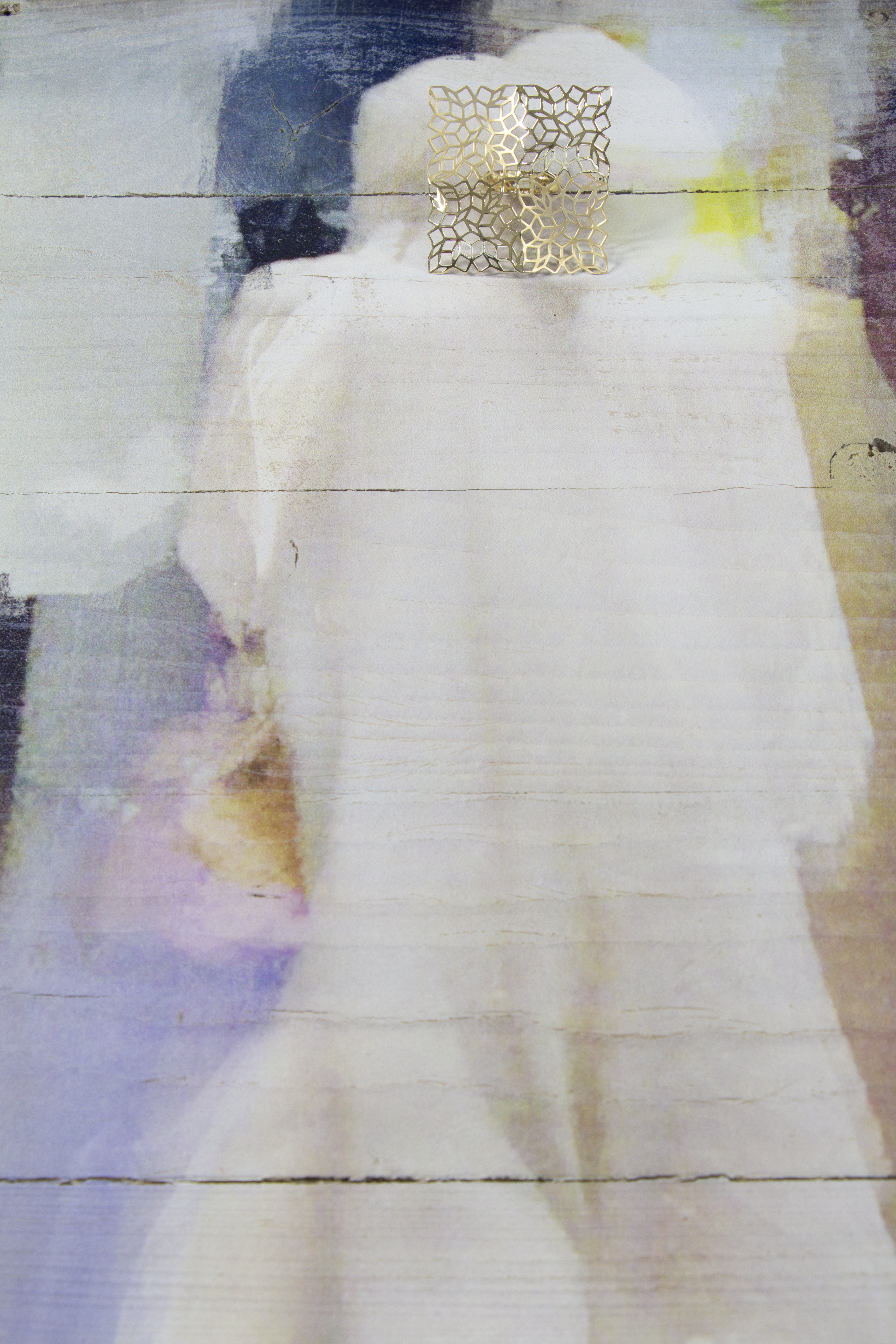
(Artwork photographed: Heart)
As mentioned, your earlier work goes more abstract with creating spaces - can you share your journey - why you went there?
I am a lover of architecture. When I first arrived in the Middle East I began photographing and posting on Instagram the architecture found in Dubai.
Interested in exploring the architecture of cyberspace, I began experimenting with various apps to create a series I called “Digital Archways”. Later, in an attempt to express visually the experience of cyberspace using the very tools found there, I edited photos of mainly Dubai architecture to create the series entitled “Corridors of Cyberspace”. Some of these earlier works are currently being exhibited in Venice in an exhibition called “Future Landscapes”.
When creating them, it was also my wish that they would be a reminder of the importance of our own inner landscapes and encourage exploration of them.
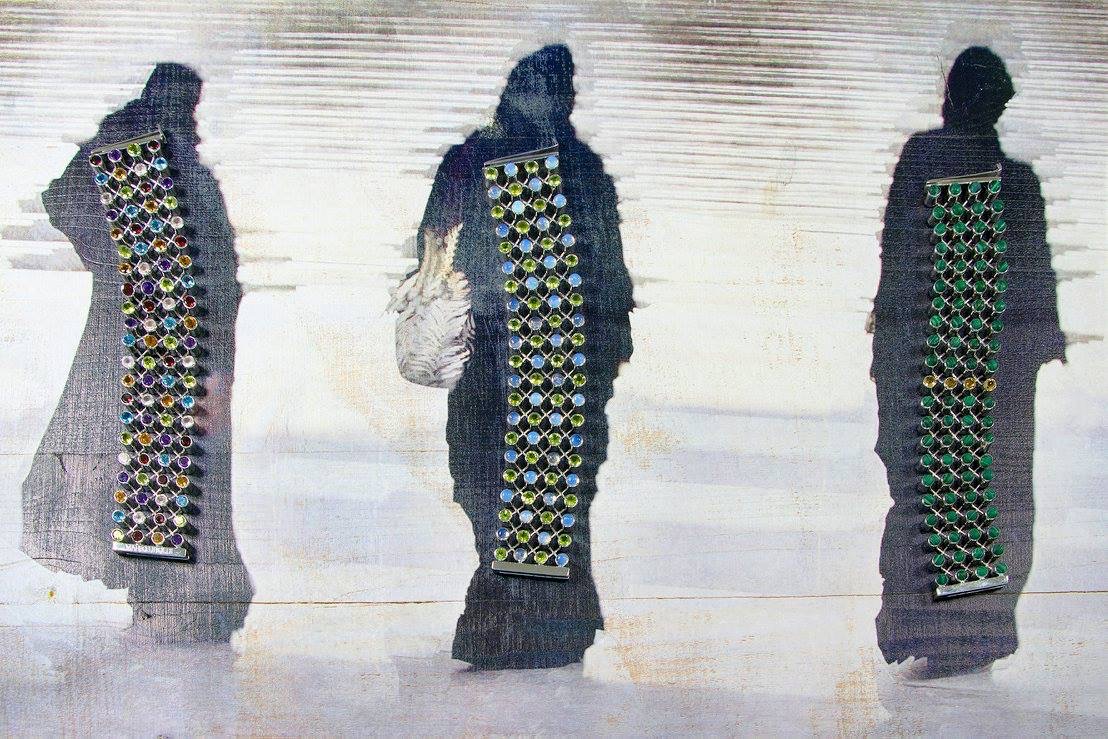
(Artwork photographed: Trinity)
…. and where are you heading from here … can you share your intentions- even if they are very vague?
My #interact2connect series printed onto Ethiopian prayer shawls is bringing interesting connections.
At home and on my travels, I have been meeting many interesting artists. Further collaborations are certainly possible.
I have recently incorporated augmented reality into some of my artworks and am eager to explore 3D printing.
I continue to be open to what wants to flow into being.
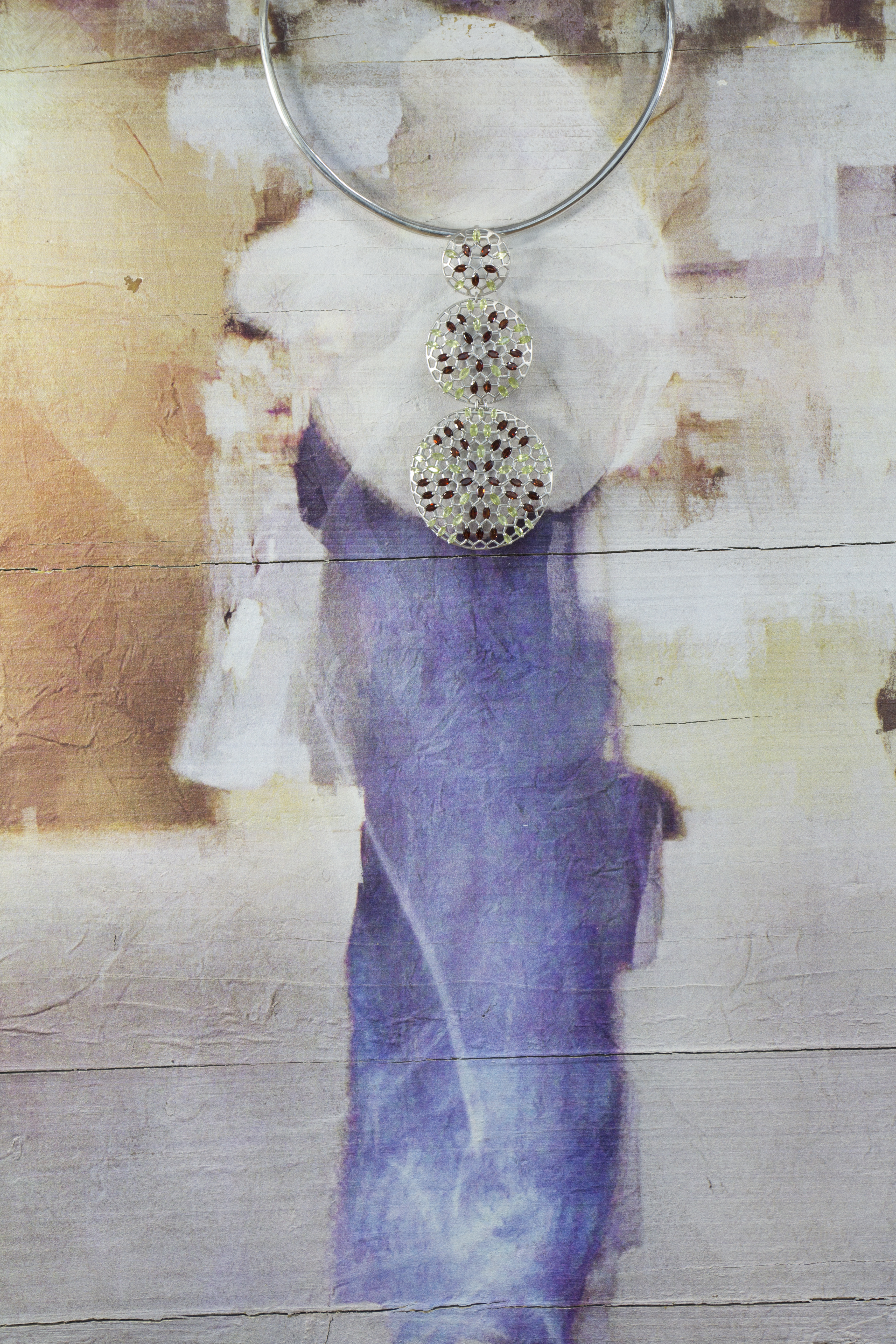
(Artwork photographed: Noor)
Why did you look for a collaboration like this …. and why jewelry?
I have wanted to be part of a collaborative project for some time now. There was no special reason I chose jewelry. While away in Thailand on a fasting retreat I woke up one morning with the thought “Ask André if his jewelry could be photographed with your art”. Before I could think too much about it and perhaps hesitate, I acted upon it. André said yes and this collaboration was set into motion.
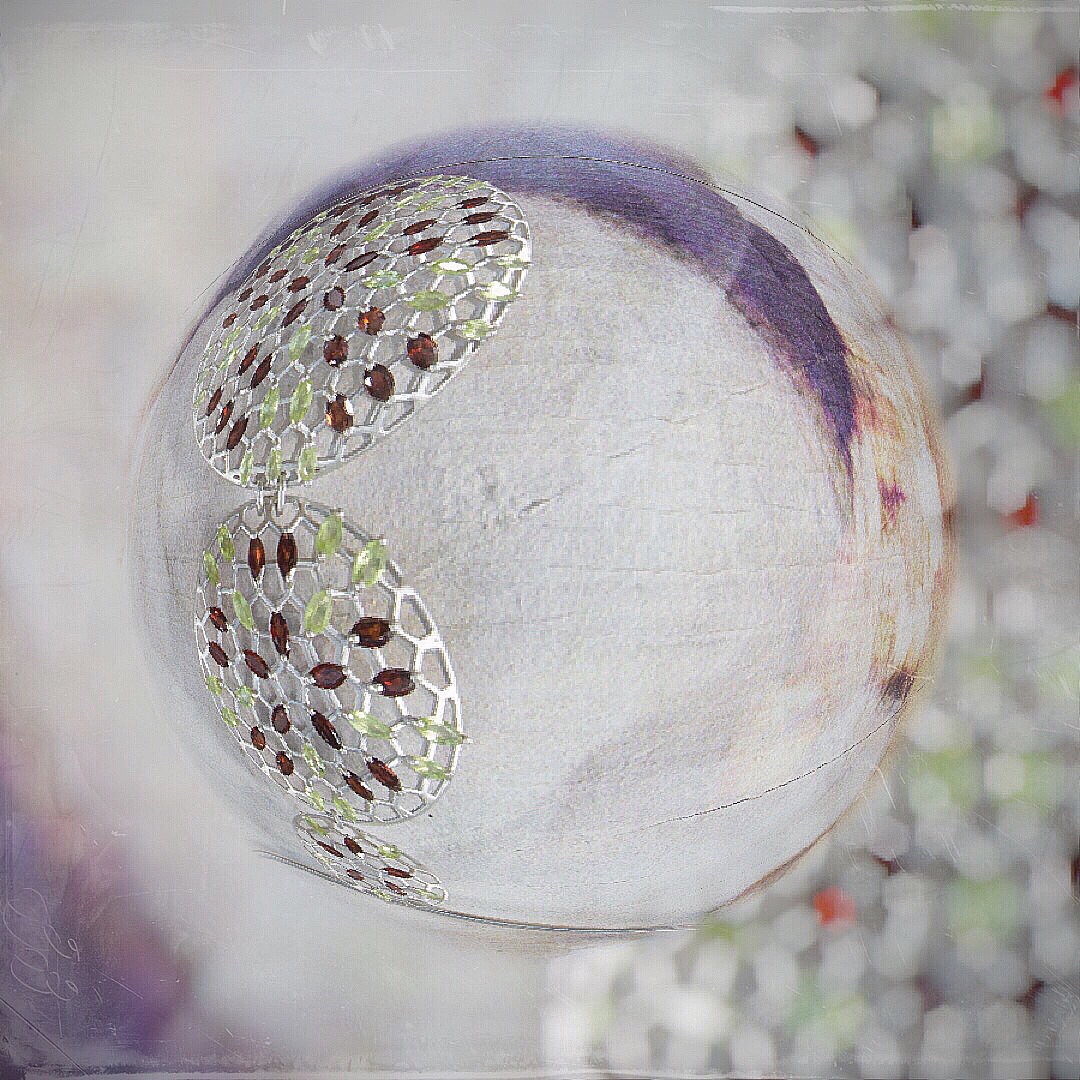
You have deformed photos that depict jewelry integrated into your paintings - please share your thoughts on this intervention.
In Japanese calligraphy there is a symbol called an ensō. It means circle and is often referred to as an “expression of the moment”. As a form of spiritual practice, many artists practice drawing an ensō daily. I often wondered if it is possible to practice this in photographic form, and for a period of time began incorporating the circle in my edits with this in mind.
André photographed the jewelry on my artworks but thought the resulting images needed more depth and a stronger story line. When I intuitively worked with his photographs, the circle returned.
His jewelry is certainly an expression of the culture and surroundings he finds himself in and I believe this very fact adds to its beauty.
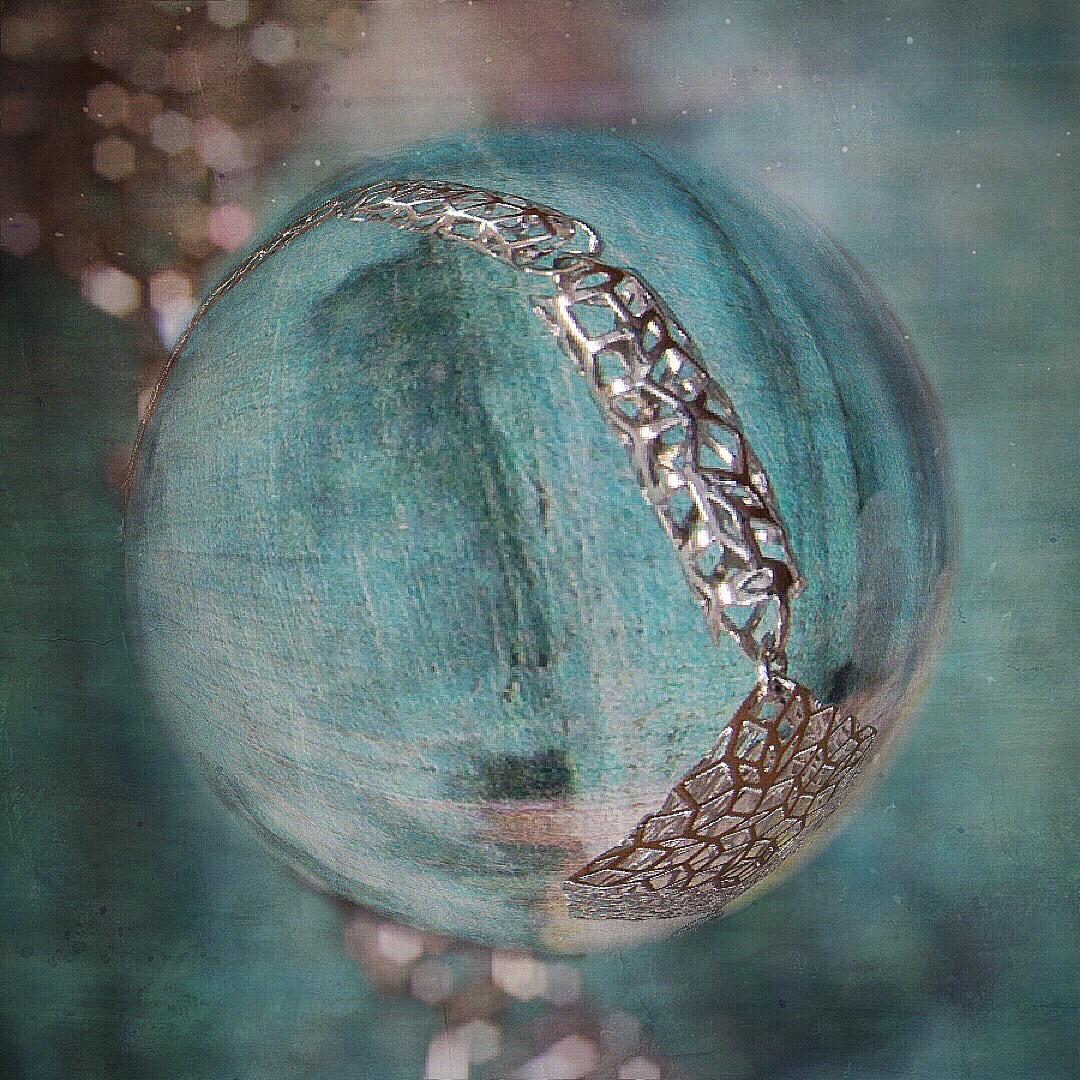
Great collaboration with artist Linda Hollier where stories are told and retold - like in “Chinese Whisper” - and new things evolve. Enjoy!
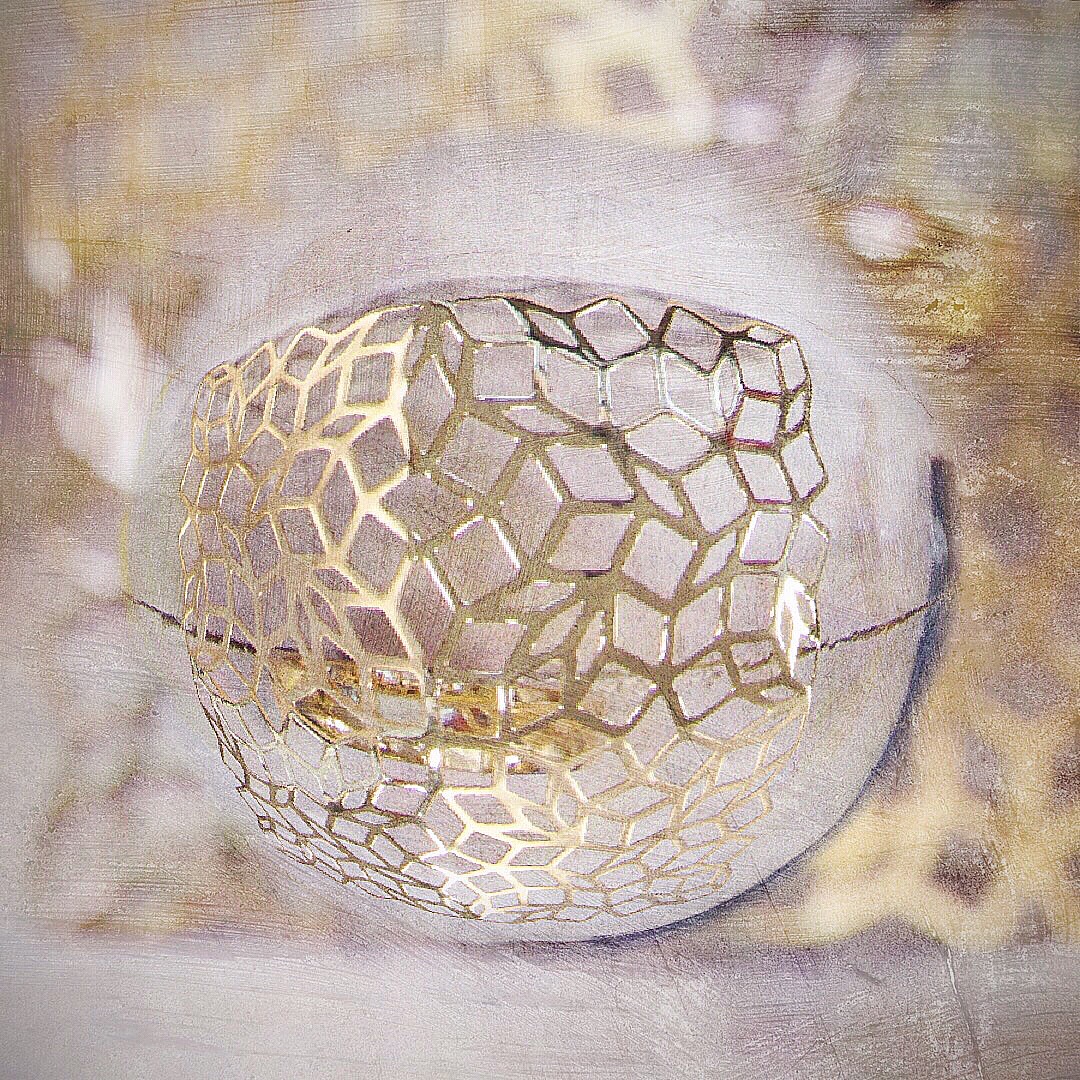
(Featured jewelry: Mashrabiya ring)
A famous Swiss Author, Friedrich Dürrenmatt, wrote a book called: The Assignment - or - On the Observing of the Observer of the Observers. Similar to what is suggested in the subtitle, artist Linda Hollier and our team present to you the above work which is a creation of a creation of a creation. This alternating, overwriting approach frees unseen elements and bring them to attention - similar to in the book by Dürrenmatt. Enjoy!
Related articles:
Collaboration with Mario Uboldi Jewellery
 Sunday, December 11, 2022 at 3:00AM
Sunday, December 11, 2022 at 3:00AM 










